12 Things That Proved You Were The ‘Cool Kid’ In The ’50s And The ’90s
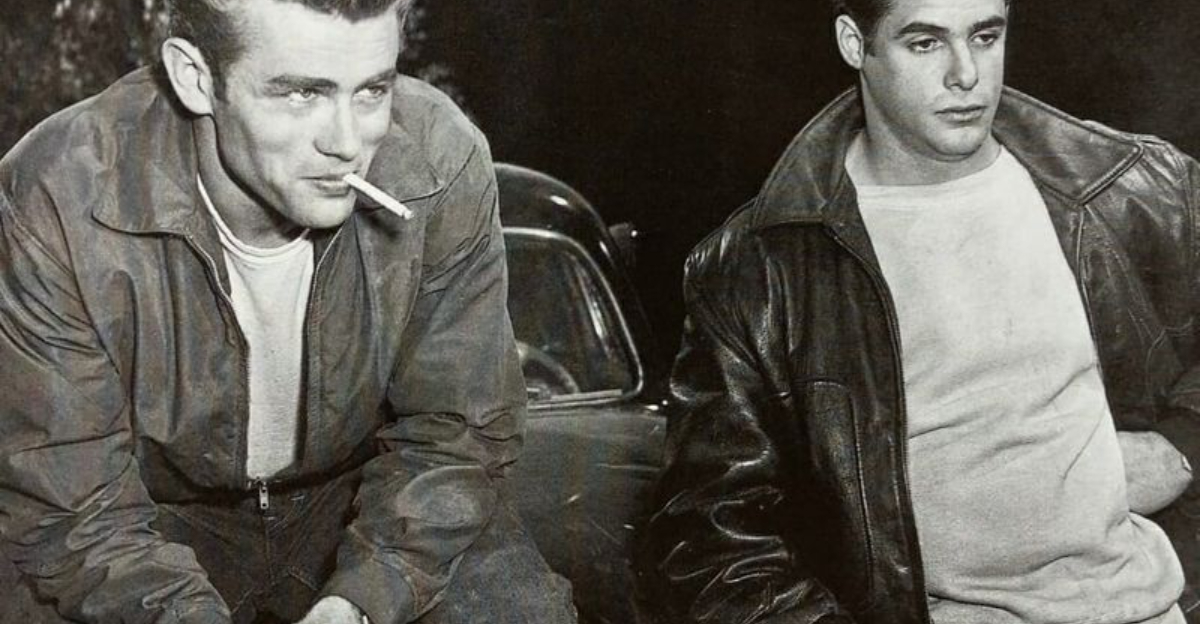
Growing up in different eras meant living through totally different definitions of what it meant to be cool.
I still laugh when I think about my dad’s stories of the slick, polished 1950s—pomade-perfect hair, leather jackets, and jukebox swagger—compared to my own neon-drenched, slap-bracelet-filled ’90s childhood.
The status symbols that ruled the schoolyard were a world apart: his generation had switchblades and sock hops; we had Tamagotchis, Walkmans, and Airwalks. And yet, despite the changing trends and tech, the quest to be cool—however it was defined—has always been a universal rite of passage.
So let’s take a playful, nostalgic stroll through two wildly different American decades and the fashion, fads, and must-haves that crowned the kings and queens of playground popularity. Warning: serious flashbacks ahead!
1. Slap Bracelets (1990s)
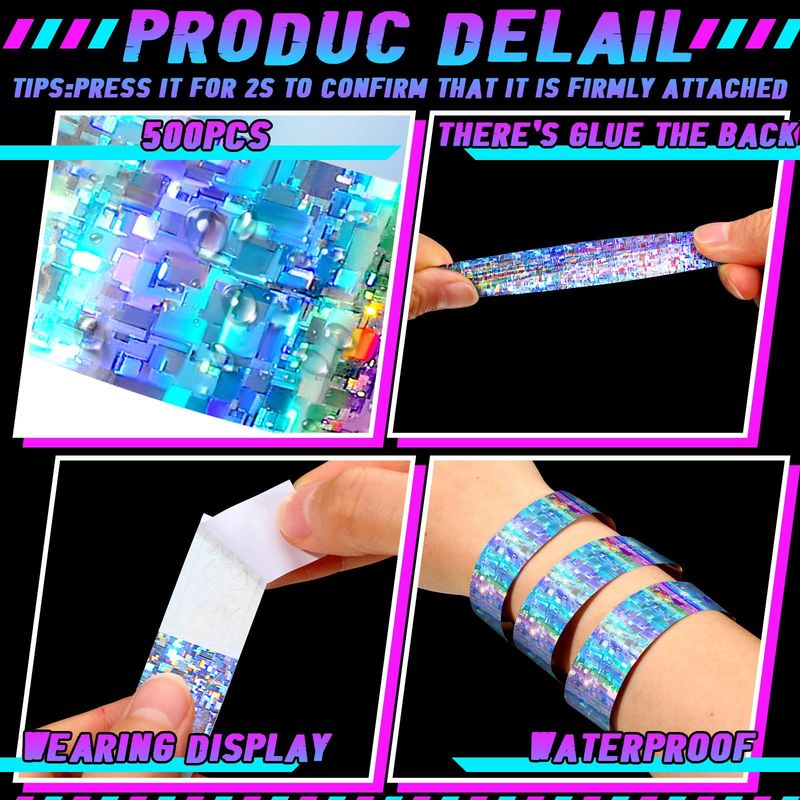
Bam! The satisfying snap against your wrist announced to everyone that you possessed the hottest playground currency of the early ’90s. I collected these colorful metal strips wrapped in fabric like they were rare gems, trading the holographic ones at premium rates during recess.
Of course, they were eventually banned at most schools after rumors spread about kids getting cut by the metal inside. This prohibition only made them more desirable—contraband coolness that we’d smuggle in pockets and backpacks.
The ultimate power move? Having one in every color and wearing them all simultaneously, turning your arm into a rainbow of rebellious fashion that clacked pleasingly when you raised your hand in class.
2. Pompadour Hairstyle (1950s)
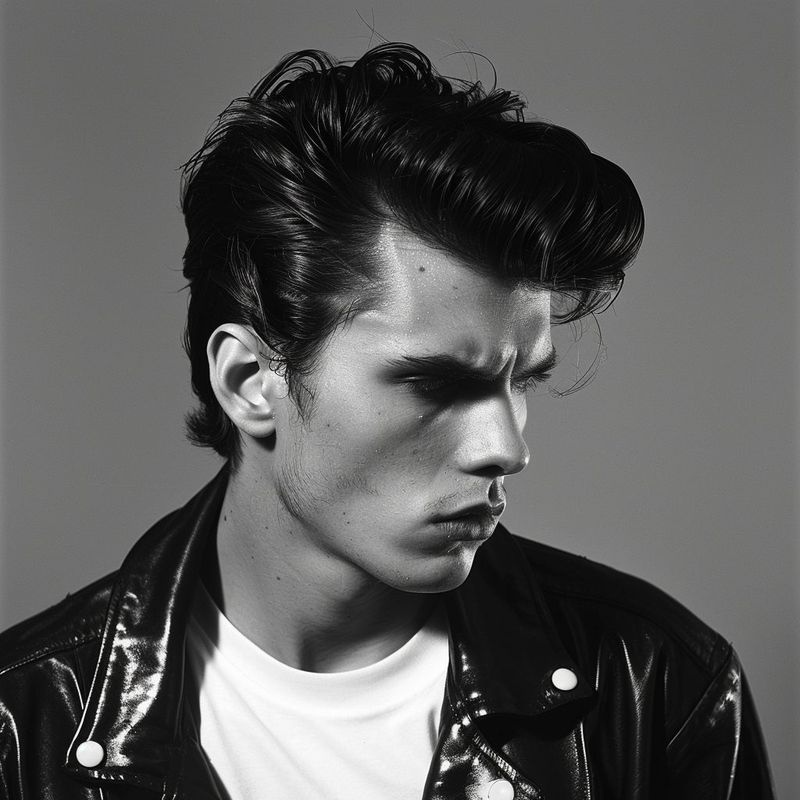
Sculpting the perfect pompadour required dedication bordering on artistry! I once found my grandfather’s high school yearbook and nearly fell over seeing his impressively towering hair—a gravity-defying monument to Brylcreem and teenage vanity.
Boys would spend longer in the bathroom than their sisters, working that greasy magic into elaborate waves and peaks. The higher the hair, the closer to heaven—or at least to social superiority in the hallways of America’s high schools.
A proper pompadour announced that you cared about your appearance but weren’t afraid of a little physical confrontation if someone dared mess up your carefully crafted coif. Plus, girls couldn’t resist running their fingers through it (though they’d immediately regret the grease transfer).
3. POGS Collection (1990s)

The cafeteria battlefield fell silent when I slammed down my holographic slammer onto a stack of cardboard discs. POGS weren’t just a game—they were social currency that determined your standing in the complex hierarchy of elementary school politics.
Kids with rare editions or impressive stacks commanded respect from peers and jealousy from rivals. We’d huddle in circles during recess, engaged in intense tournaments that sometimes ended in tears when prized collections changed hands.
Parents never understood our obsession with these simple cardboard circles, dismissing them as another passing fad. Little did they know we were learning valuable lessons about capitalism, gambling, and the fleeting nature of fortune—all while trading cartoon-covered milk caps.
4. Saddle Shoes (1950s)
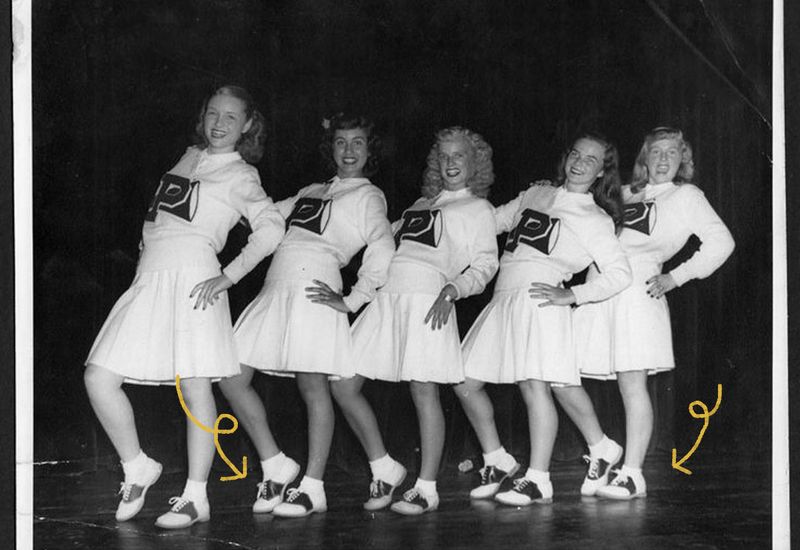
Those black-and-white oxford shoes clacking down the hallway announced the arrival of someone who understood fashion! My mom still giggles about how she saved babysitting money for months to buy her first pair, only to discover they gave her terrible blisters.
For girls, pairing these distinctive shoes with bobby socks (preferably folded down just so) was the epitome of stylish conformity. The clean, pristine appearance of saddle shoes signaled your family had enough money and care to keep them looking immaculate.
Maintaining their two-toned perfection became almost a part-time job—regular cleaning, polishing, and careful storage ensured your status symbol didn’t become scuffed evidence of carelessness. The cooler you were, the whiter the white parts remained.
5. Tamagotchi (1990s)
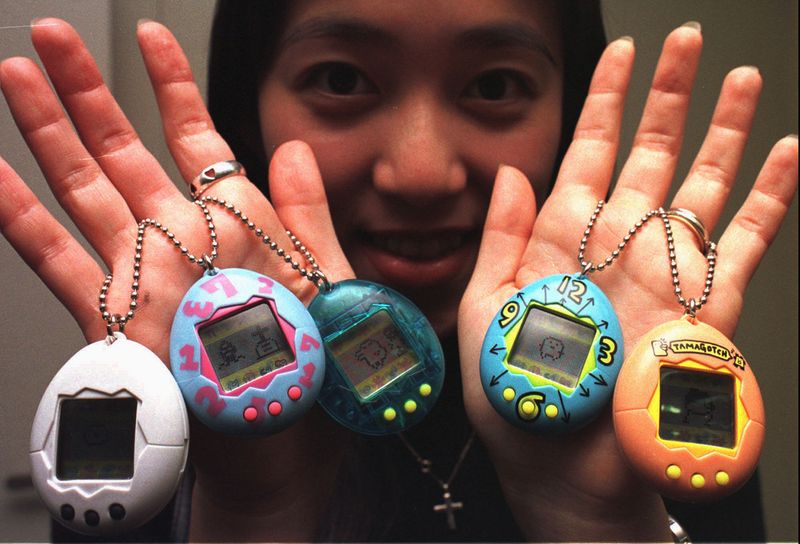
Beep beep beep! That incessant electronic chirping from my pocket meant one thing—my digital pet needed attention NOW! I still remember sneakily feeding my pixelated friend under my desk during math class, risking detention for the sake of keeping my virtual companion alive.
These egg-shaped keychains weren’t just toys; they were status symbols that dangled from backpacks like electronic jewelry. The more advanced your Tamagotchi model, the higher your playground cred soared.
Friend groups formed around Tamagotchi ownership, with elaborate pet-sitting arrangements made during family vacations. Nothing said “trust” like handing over your precious digital baby to a friend, along with detailed care instructions that rivaled those for actual living creatures.
6. Leather Jacket (1950s)
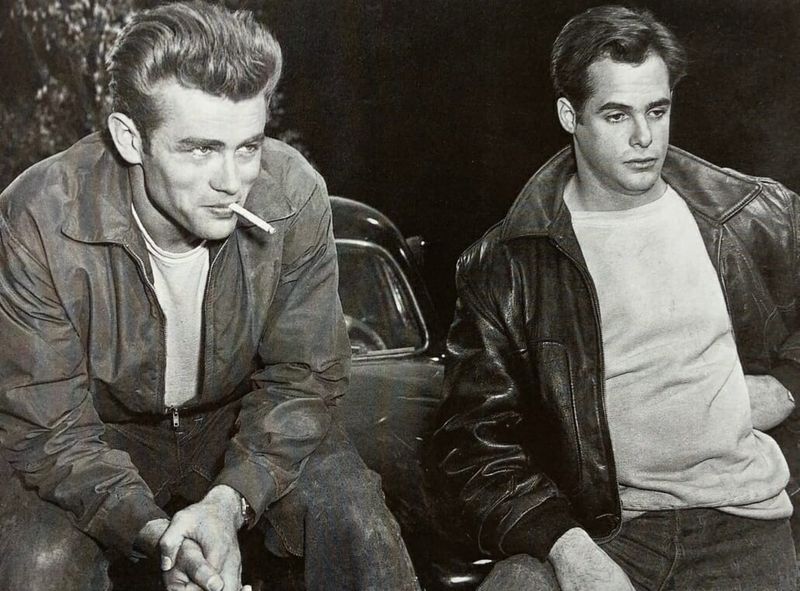
Nothing screamed ‘rebel without a cause’ like slipping into a butter-soft leather jacket! My uncle Pete still has his hanging in the closet—a relic from his glory days when he’d lean against his car outside the malt shop, looking impossibly James Dean-esque.
The leather jacket wasn’t just clothing; it was an attitude wrapped in cowhide. Boys who wore them instantly gained a reputation as troublemakers (which, paradoxically, made them irresistible to the good girls).
Teachers would eye you suspiciously, parents would worry about your future, but peers would part like the Red Sea when you strutted down the hallway in your black leather armor of coolness.
7. Record Collection (1950s)
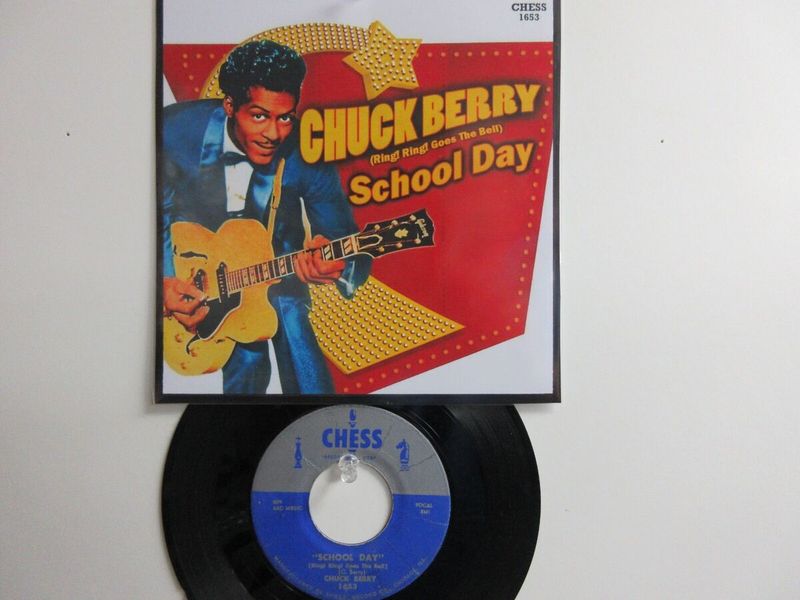
Flipping through someone’s 45s revealed everything about their personality and social standing! My dad’s collection, still preserved in our attic, shows his journey from mainstream Pat Boone to edgier Chuck Berry—a musical evolution that paralleled his high school social climbing.
Teenagers would gather in basements and bedrooms, huddled around record players, judging each other’s musical tastes with the seriousness of art critics. Having the latest Elvis single before anyone else could transform an ordinary kid into a temporary celebrity.
The truly sophisticated teens organized their collections alphabetically in special cases, treating their vinyl with reverence that bordered on religious devotion. Letting someone handle your records was an act of profound trust—a scratched Elvis 45 could mean friendship devastation.
8. Starter Jackets (1990s)

Sporting that satin sheen in your team’s colors was like wearing social acceptance on your back! I begged my parents for months before finally unwrapping a Charlotte Hornets jacket on Christmas morning—teal and purple glory that instantly boosted my hallway cred.
These weren’t just jackets; they were tribal identifiers that showed both your geographic allegiance and financial status. Kids who couldn’t afford the real deal suffered the indignity of wearing knockoffs, which the jacket connoisseurs among us could spot from twenty paces.
The ultimate power move was owning multiple Starter jackets for different teams or sports, rotating them throughout the week like a sports-obsessed fashionista. Bonus points if your jacket represented a team from another city, suggesting your family traveled or had sophisticated out-of-state connections.
9. Soda Shop Regular (1950s)
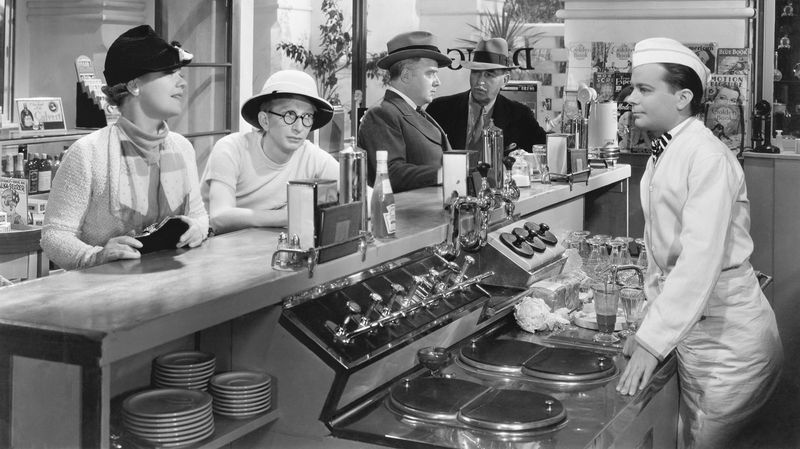
Having the soda jerk know your order by heart? Ultimate social validation! I remember my aunt bragging about how Eddie at the corner drugstore would start making her cherry phosphate the moment she walked through the door with her friends.
The corner soda fountain served as teenage headquarters—neutral territory where social hierarchies were established and romantic connections sparked. Sitting at the counter demonstrated you had spending money and social permission to linger in public spaces.
The coolest kids had “their” booth, unofficially reserved through social agreement rather than actual rules. Walking in and seeing others sitting in your spot created instant drama worthy of a teen movie. Leaving an extra-generous tip wasn’t just polite—it was an investment in your social reputation.
10. Game Boy Color (1990s)

Whipping out that translucent purple Game Boy during a long car ride instantly made me the envy of my siblings! That little handheld brick was practically magical—a portal to Pokémon adventures that fit in your pocket.
Kids with Game Boys naturally attracted clusters of onlookers, peering over shoulders during bus rides or recess. The transparent colored cases were particularly coveted, offering a tantalizing glimpse of the electronic innards while making a bold fashion statement.
Trading Pokémon via that mysterious link cable created sacred bonds between players, establishing friendship alliances that could survive even the most dramatic playground politics. Having extra game cartridges demonstrated both wealth and gaming dedication—especially if you had the rare titles that everyone wanted to borrow.
11. Letterman Jacket (1950s)
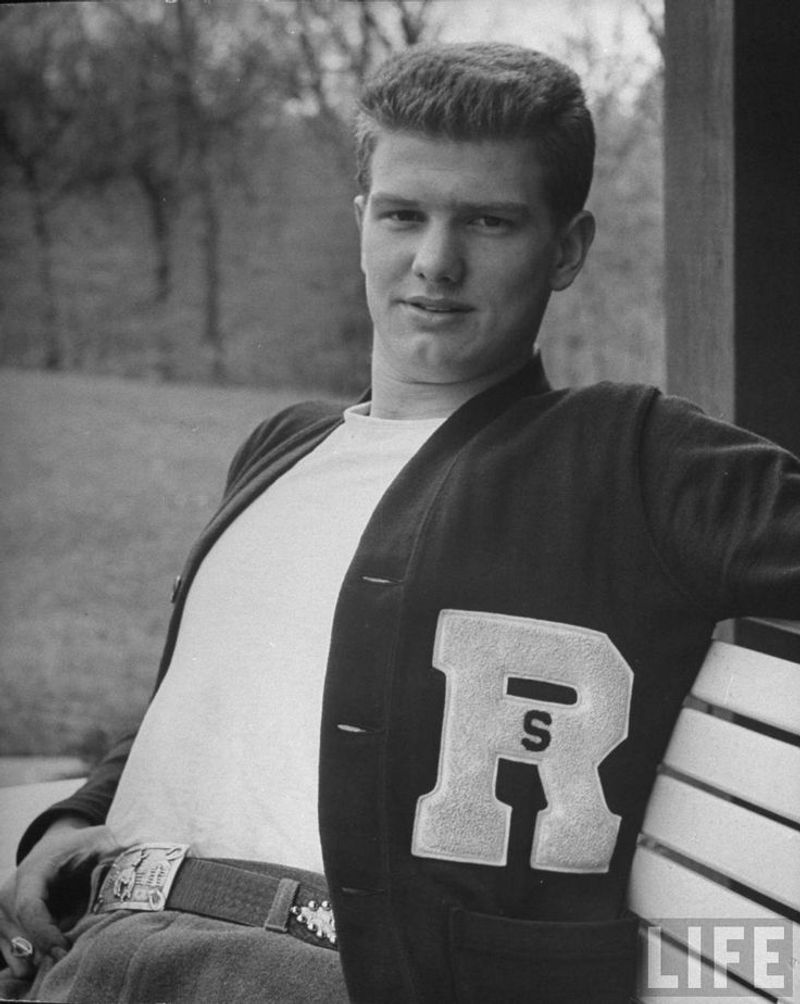
Wool and leather merged into the ultimate high school status symbol! My uncle’s faded blue and gold jacket still hangs in his garage—a nostalgic reminder of glory days when wearing your athletic achievements on your sleeve (literally) marked you as high school royalty.
Each embroidered patch and chenille letter told a story of physical prowess and team dedication. Girls would swoon over the opportunity to wear their boyfriend’s oversized jacket, the ultimate public declaration of romantic attachment.
The hierarchy was clear: football letters outranked track, which trumped debate team patches. Some particularly accomplished athletes had so many emblems their jackets weighed several pounds—a burden of success they happily shouldered as they swaggered through school hallways like teenage demigods.
12. Lisa Frank Collection (1990s)
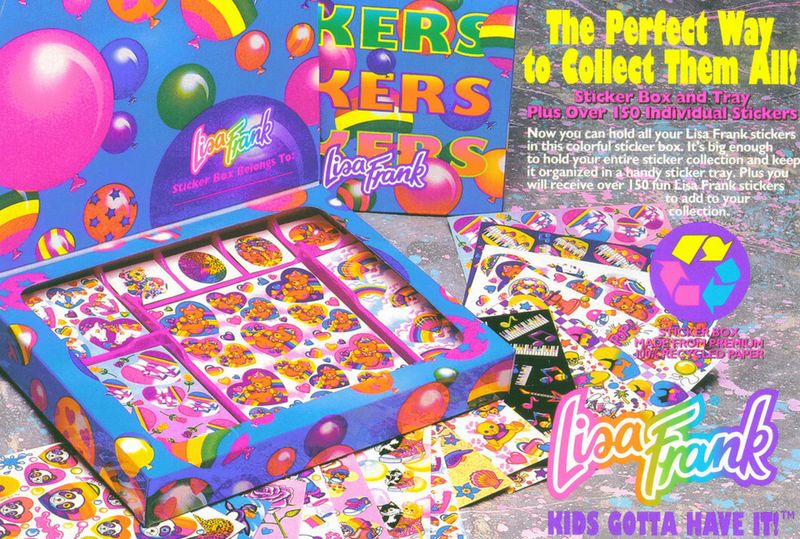
Rainbow dolphins and neon tigers adorned every surface of my elementary school supplies! I still remember the intoxicating power of unzipping my Lisa Frank pencil case, revealing a treasure trove of psychedelic stationery that made the girls at my table gasp with undisguised envy.
These weren’t just school supplies—they were status symbols in a world where parents controlled the purchasing power. Having the complete matching set—folders, notebooks, erasers, pencils—demonstrated both dedication and disposable income.
Trading stickers became a complex social currency system with unwritten rules about value and rarity. The holographic ones were particularly precious, carefully peeled from their backing and added to prized collections or strategically gifted to cement important friendships in the volatile ecosystem of childhood social politics.
